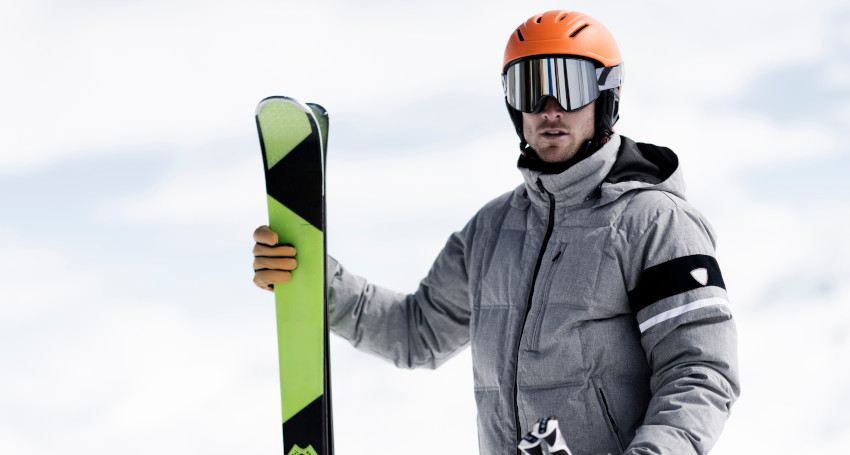
Effective Methods: How to Prevent Glasses from Fogging in Ski Goggles
September 4, 2024 | Skiing Eyewear, Skiing Tips
How to Prevent Glasses from Fogging while Skiing?
When skiing, maintaining clear vision is crucial for performance and safety. However, individuals who wear glasses often encounter the challenge of their lenses fogging up due to cold, humid conditions. This fogging not only hampers visibility but can also pose a safety risk on the slopes. There are, however, several strategies to prevent this problem. The initial step is ensuring the correct fit of your glasses. Ill-fitting glasses can either trap warm air against your face if too tight, or allow cold air to enter if too loose, both of which can cause lens fogging. Therefore, it’s essential to have glasses that fit comfortably and snugly on your face. Consultation with an optician for the perfect fit is advisable. The use of anti-fog solutions is another effective method to prevent lens fogging. These products, specifically formulated to be applied to lens surfaces, work by reducing water’s surface tension, enabling it to spread evenly across the lens, preventing droplet formation that can blur vision. Correct application of these solutions as per the manufacturer’s instructions is key for optimal results. Lastly, wearing ski goggles over your glasses can be beneficial. Ski goggles create a sealed environment which helps regulate the temperature and humidity levels around your eyes, thus reducing the likelihood of fogging. Over-the-glasses (OTG) goggles, designed to be worn over glasses, provide the best fit and comfort.
Why do glasses fog up when skiing?
The primary reason glasses fog up when skiing is due to the temperature and humidity differences between the inside and outside of the glasses. As you exert yourself while skiing, your body generates heat, which is trapped by your clothing and accessories, including your glasses. The warm body air coming into contact with the cold lenses of your glasses causes condensation to form. This is because warm air can hold more moisture than cold air. As the warm, humid air hits the cold lenses, it cools down rapidly, reducing its capacity to hold moisture. The excess moisture then condenses on the lenses, causing them to fog up. Furthermore, the design of certain glasses can aggravate this issue. Glasses that sit close to the face can trap more heat and moisture, increasing the likelihood of fogging. Similarly, glasses with poor ventilation prevent the escape of warm, moist air, contributing to the problem.
How to manage steam generation?
Managing steam generation while skiing is a critical aspect of preventing glasses from fogging up. Several strategies can be employed to control this issue. One effective method is the use of vented glasses or ski goggles. These designs feature small openings allowing air circulation, helping to regulate the temperature and humidity levels inside the glasses, thereby reducing the likelihood of fogging. However, vented designs may not be suitable for extremely cold or windy conditions, as they can allow cold air to enter, causing discomfort. Another strategy is effective body temperature management. This can be achieved by dressing in layers, enabling you to adjust your clothing according to your activity level and the weather conditions. By preventing overheating, you can reduce the amount of heat and moisture that your body produces, which in turn can help to prevent your glasses from fogging up. Lastly, consider the use of anti-fog wipes or sprays. These products work by creating a thin, invisible layer on the lens surface that prevents moisture from condensing. They are easy to use and can be reapplied as needed throughout the day for continuous protection against fogging.

Choosing High-Quality Ski Goggles
When selecting ski goggles, it’s crucial to prioritize quality. High-quality ski goggles are characterized by superior materials, innovative design, and advanced features. These glasses significantly enhance vision clarity, comfort, and durability, thereby improving your overall skiing experience. Moreover, they are engineered to withstand harsh weather conditions and shield your eyes from harmful UV rays. Lens type is a pivotal aspect to consider when choosing ski goggles. Different lenses are designed to perform optimally under specific light conditions. For example, clear lenses are best suited for low light or foggy conditions, while mirrored lenses are ideal for sunny days. High-quality ski goggles often feature anti-fog coatings and double-layered lenses to prevent fogging and ensure clear vision at all times. The fit of the ski goggles is another significant factor. High-quality ski goggles should offer a comfortable fit without causing discomfort or pressure points. They should also securely stay in place to prevent them from falling off during your skiing activities. Furthermore, compatibility with your helmet is essential for safety and comfort. Lastly, high-quality ski goggles should provide excellent peripheral vision. This feature is crucial as it enables you to see the entire ski slope, ensuring your safety while skiing. These glasses should also be easy to adjust and maintain to guarantee the best skiing experience.
How does goggle quality affect fogging?
The quality of ski goggles directly influences their ability to prevent fogging. High-quality ski goggles integrate anti-fog technologies to maintain clear vision at all times. One such technology involves the use of double-layered lenses. The air trapped between these two lenses serves as an insulator, deterring condensation and, consequently, fogging. Another anti-fog method employed in high-quality ski goggles is the application of anti-fog coatings on the lenses. This coating inhibits the condensation of water droplets on the lens surface, thereby preventing fogging. Some high-quality ski goggles also feature a hydrophilic coating that absorbs moisture, further preventing fogging. Ventilation also plays a crucial role in preventing fogging. High-quality ski goggles are designed with sufficient ventilation systems to ensure a continuous flow of air, which aids in moisture dissipation and fog prevention. Lastly, high-quality ski goggles are constructed from durable materials that can endure temperature variations without fogging up. They are also designed to fit properly, ensuring there is no warm air leakage from the body that can cause fogging.
The role of air vents in ski goggles
Air vents are integral to ski goggles. They facilitate the flow of air inside the goggles, aiding in moisture dissipation and fog prevention. By allowing fresh, cold air to enter and warm, moist air to exit, air vents ensure that the temperature inside the goggles is regulated, reducing the likelihood of fogging. The placement of the air vents is also significant. Most ski goggles have vents located at the top and bottom of the frame. This placement allows for optimal airflow, with fresh air entering from the bottom vents and warm air exiting through the top vents. The size and number of air vents also affect their effectiveness. Larger and more numerous vents provide better ventilation, which helps to prevent fogging. However, they also increase the risk of wind and snow entering the goggles. Therefore, it’s crucial to find a balance between the size and number of vents and the protection they offer. Lastly, some ski goggles feature adjustable air vents. These vents allow you to control the amount of air flow, enabling you to adjust the ventilation based on the weather conditions and your activity level. This feature can be particularly useful in preventing fogging during high-intensity skiing activities.
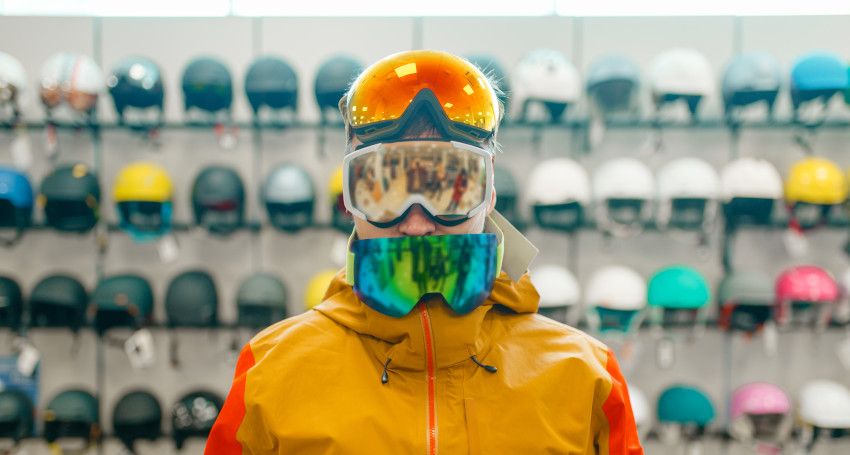
Proper Care and Maintenance of Ski Goggles
Ski goggles are essential equipment for winter sports, providing essential protection for the eyes from harsh elements and enhancing visibility during skiing. Proper care and maintenance of these glasses are imperative to ensure their longevity and optimal performance. Handle ski goggles with utmost care, utilizing a microfiber cloth for cleaning the lenses, thereby preventing smearing from oil, dirt, or sweat which could compromise vision. Storage of ski goggles plays a significant role in their maintenance. Store your goggles in a protective case when not in use to guard against scratches, dust, and other potential damage. Exposure of ski goggles to extreme temperatures should be avoided as it could degrade the lens coating and frame materials. For instance, ski goggles should never be left in a hot car or near a heat source. Routine inspection of ski goggles forms an integral part of their maintenance. Regularly check the lenses for scratches or cracks, and inspect the strap for wear and tear. If any damage is detected, it is recommended to immediately replace the affected parts. Avoid using chemical cleaners or abrasive materials on your ski goggles as these can damage the lens coating, reducing the effectiveness of the glasses.
Why should you avoid cleaning the inner lens?
The inner lens of ski goggles is usually treated with a delicate anti-fog coating. This coating aids in preventing condensation from forming on the lens, thereby ensuring clear vision even in high humidity conditions. Cleaning the inner lens could damage this anti-fog coating, reducing its effectiveness. Consequently, it is advisable to avoid cleaning the inner lens unless absolutely necessary. The inner lens is generally more sensitive than the outer lens, being more susceptible to scratches and other forms of damage that could hinder vision during skiing. If cleaning of the inner lens is necessary, it should be done gently using a soft, lint-free cloth. Cleaning solutions should be avoided as they can strip away the anti-fog coating. Excessive moisture can also impair the anti-fog coating. Therefore, if your ski goggles fog up, avoid wiping the inner lens. Instead, allow the goggles to air dry or use a fan to expedite the drying process. This will protect the anti-fog coating and extend the lifespan of your ski goggles.
The importance of letting goggles dry
It is crucial to allow ski goggles to dry thoroughly after each use. Trapped moisture between the lenses can degrade the anti-fog coating and promote the growth of mold and mildew. These can adversely affect the clarity of the lenses and the overall performance of the glasses. To dry your ski goggles, shake off any excess water and let them air dry in a well-ventilated area, away from direct sunlight and heat sources. Avoid using a hairdryer or heater to speed up the drying process as the heat can warp the lenses and damage the frame. Ski goggles should never be stored while still wet. This can lead to fogging issues and potential damage to the goggles’ components. Ensure that your ski goggles are completely dry before storing them in their case. If condensation is noticed between the lenses, do not attempt to disassemble the goggles to dry them. This could damage the seal between the lenses and compromise the structural integrity of the goggles. Instead, seek professional help to address this issue.

How to Dress and Move to Prevent Fogging
Preventing fogging on glasses and ski goggles is contingent on strategic dressing and movement. The process involves the management of the microclimate surrounding the lenses, with body temperature and humidity being the primary influencers. Appropriate dressing and continuous movement significantly reduce fogging, thereby enhancing vision while skiing. Dressing to prevent fogging involves selecting attire that promotes efficient temperature and humidity regulation. This means opting for breathable fabrics that allow body heat to dissipate and sweat to evaporate. Layering clothing is beneficial in colder environments like skiing, but over-dressing should be avoided as it can generate excessive body heat and sweat, contributing to fogging on glasses and ski goggles. Movement plays a crucial role in fogging prevention. Continuous movement facilitates air circulation, reducing the accumulation of heat and humidity. This promotes sweat evaporation, further reducing the fogging on glasses and ski goggles. However, the intensity and type of movement must be carefully calibrated, as excessive or vigorous movement can increase sweat production, potentially exacerbating fogging.
Why should you avoid over-dressing?
Over-dressing is a common pitfall that can increase fogging on glasses and ski goggles. When the body is excessively clothed, overheating can occur, leading to increased sweat production. This surplus humidity can condense on the cooler lenses, causing them to fog up, impairing vision while skiing. Furthermore, over-dressing impedes the body’s natural cooling mechanisms. When the body overheats, it produces sweat to cool down. However, if the sweat cannot evaporate due to excess clothing, it remains on the skin, raising the body’s temperature and leading to further perspiration. This cycle continues, creating a conducive environment for fogging on glasses and ski goggles. Over-dressing can also trap heat and humidity close to the body. This creates a warm, humid microclimate around areas prone to fogging, such as glasses and ski goggles, increasing the likelihood of fogging. Therefore, dressing appropriately is critical. Opt for breathable materials and layering techniques to effectively manage temperature and humidity.
The effect of continuous movement on fogging
Continuous movement is an effective strategy in preventing fogging on glasses and ski goggles. By maintaining movement, you can enhance air circulation, which aids in dissipating heat and humidity, thereby reducing fogging and enhancing vision while skiing. Movement also assists in sweat evaporation. As you move, the airflow around your body increases, speeding up the evaporation process. This helps to cool your body and decreases the amount of humidity that can condense on the cooler lenses, resulting in fogging. However, it is crucial to note that excessive or vigorous movement can lead to increased sweat production, which may exacerbate fogging. Therefore, the intensity and type of movement should be carefully managed. Consistent, moderate movement is recommended to effectively manage body temperature and humidity, and consequently, prevent fogging on glasses and ski goggles.
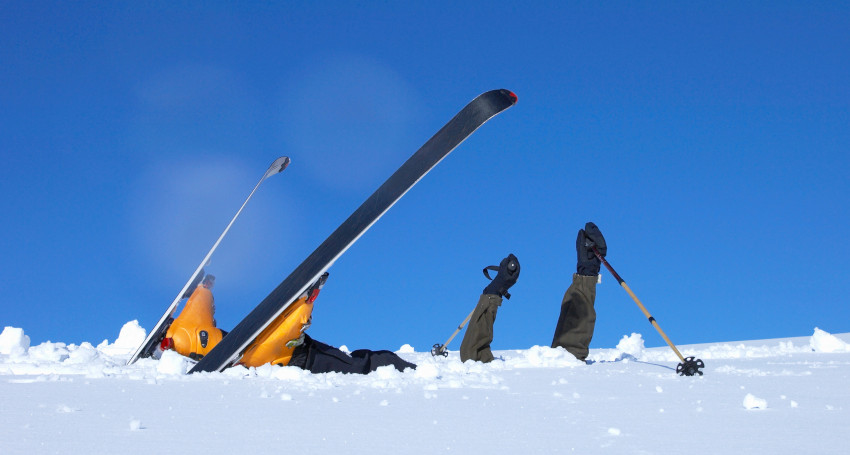
Conclusion: Ensuring a Clear Vision while Skiing
In the realm of skiing, maintaining clear vision is paramount. The risk of fogging, particularly in glasses and ski goggles, increases with fluctuations in temperature and humidity. This can compromise the safety and enjoyment of skiing. Therefore, it is crucial to implement effective strategies to prevent fogging and ensure clear vision. High-quality ski goggles, equipped with advanced anti-fog technology, are a vital tool in the battle against fogging. These glasses are designed with superior ventilation systems, which help regulate temperature and humidity levels, thereby preventing the accumulation of moisture that leads to fogging. Further enhancing the anti-fog capabilities of these ski goggles are the double-layered lenses. These lenses create a thermal barrier that reduces the likelihood of fogging. The thermal barrier works in tandem with the ventilation system to maintain a balance in temperature and humidity, thus minimizing the chances of fogging. In addition to using high-quality ski goggles, it is also prudent to wear a helmet with adequate ventilation. This helps to manage temperature and humidity levels, further reducing the chances of fogging. Moreover, it is crucial to avoid touching the inside of the ski goggles, as this can damage the anti-fog coating.
Recap of key points to prevent fogging
The prevention of fogging in glasses and ski goggles hinges on a few key points. Firstly, the use of high-quality ski goggles with anti-fog technology is crucial. These glasses provide excellent ventilation, which helps to regulate temperature and humidity levels, thereby preventing fogging. The double-layered lenses in these ski goggles create a thermal barrier that reduces the chances of fogging. This thermal barrier, coupled with the ventilation system, helps maintain a balance in temperature and humidity, thus minimizing the likelihood of fogging. The use of a well-ventilated helmet can also aid in the prevention of fogging. This helps manage temperature and humidity levels, further reducing the chances of fogging. It is also important to avoid touching the inside of the ski goggles, as this can compromise the effectiveness of the anti-fog coating.
Final thoughts and recommendations
In conclusion, maintaining clear vision while skiing is essential for both safety and enjoyment. Fogging, particularly in glasses and ski goggles, can increase the risk of accidents and hamper the skiing experience. Therefore, it is crucial to adopt effective strategies to prevent fogging. Investing in high-quality ski goggles with anti-fog technology, using a well-ventilated helmet, and avoiding touching the inside of the ski goggles are some of the key strategies to prevent fogging. These measures help regulate temperature and humidity levels, thereby ensuring clear vision while skiing. It is also advisable to consult with professionals or ski equipment retailers for advice on choosing the right ski goggles and other equipment. Regular maintenance of the ski goggles, including cleaning and drying, can also help maintain the effectiveness of the anti-fog technology.
More Posts
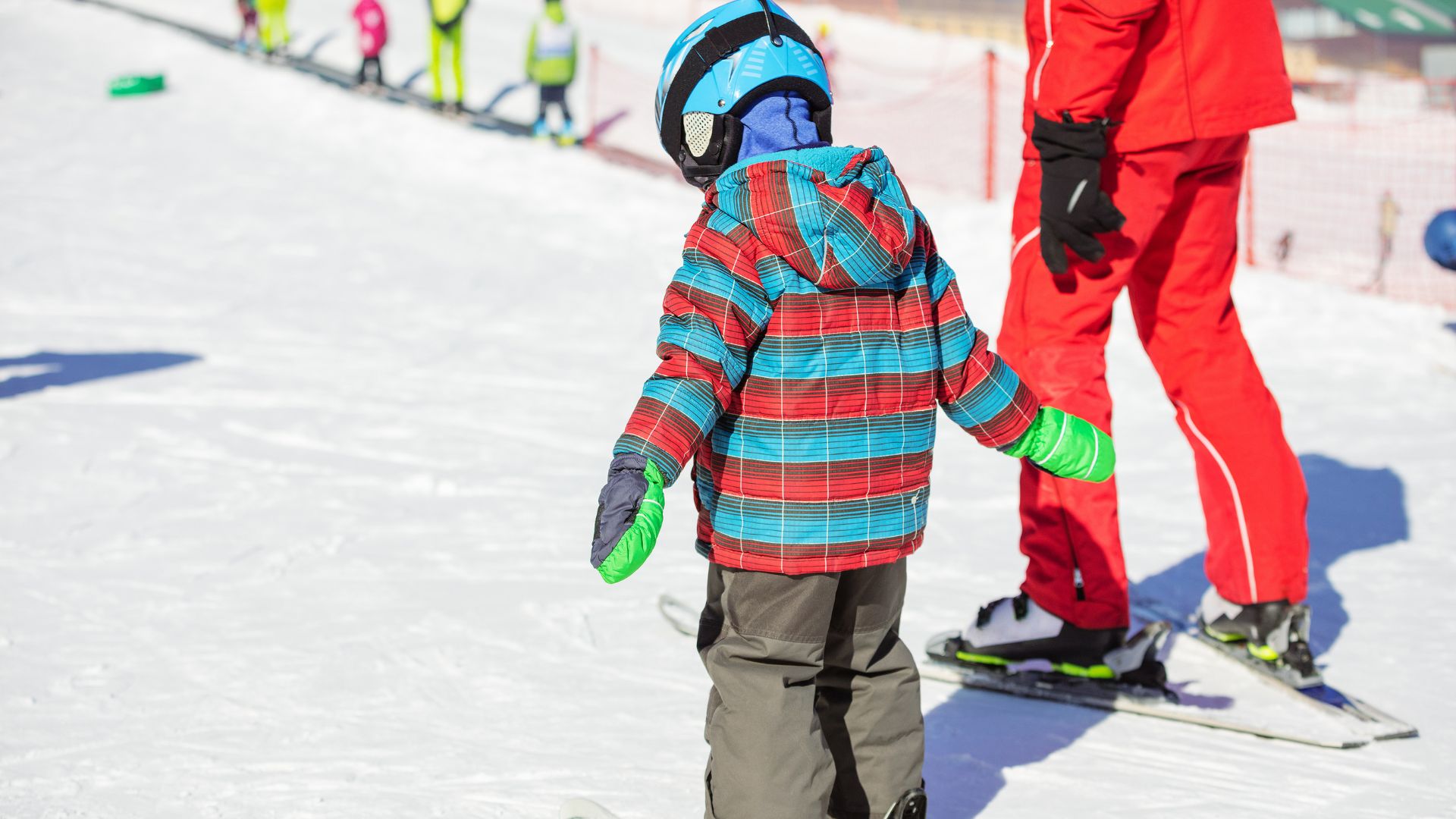
How to Teach Kids to Ski: A Complete Parent’s Guide
Skiing is a magical winter sport that can bring families closer together and create lifelong...
read More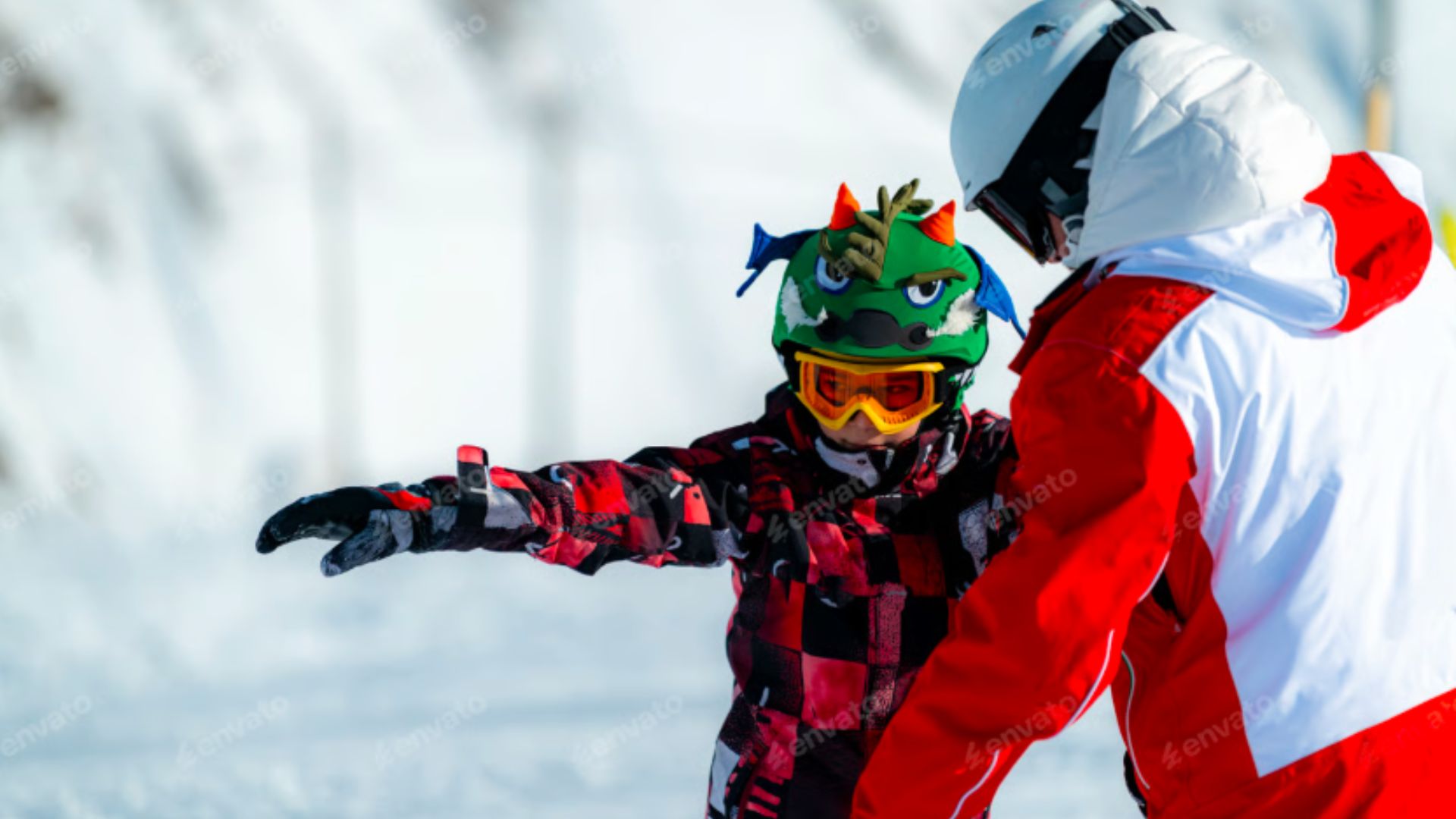
Ski Teaching Techniques: Mastering the Art of Ski Instruction
Teaching skiing is more than guiding someone down a slope—it’s about using ski teaching techniques...
read More
How to Become a Private Ski Instructor and Build Your Career on the Slopes
If you’ve ever dreamed of turning your passion for skiing into a career, you’ve probably...
read More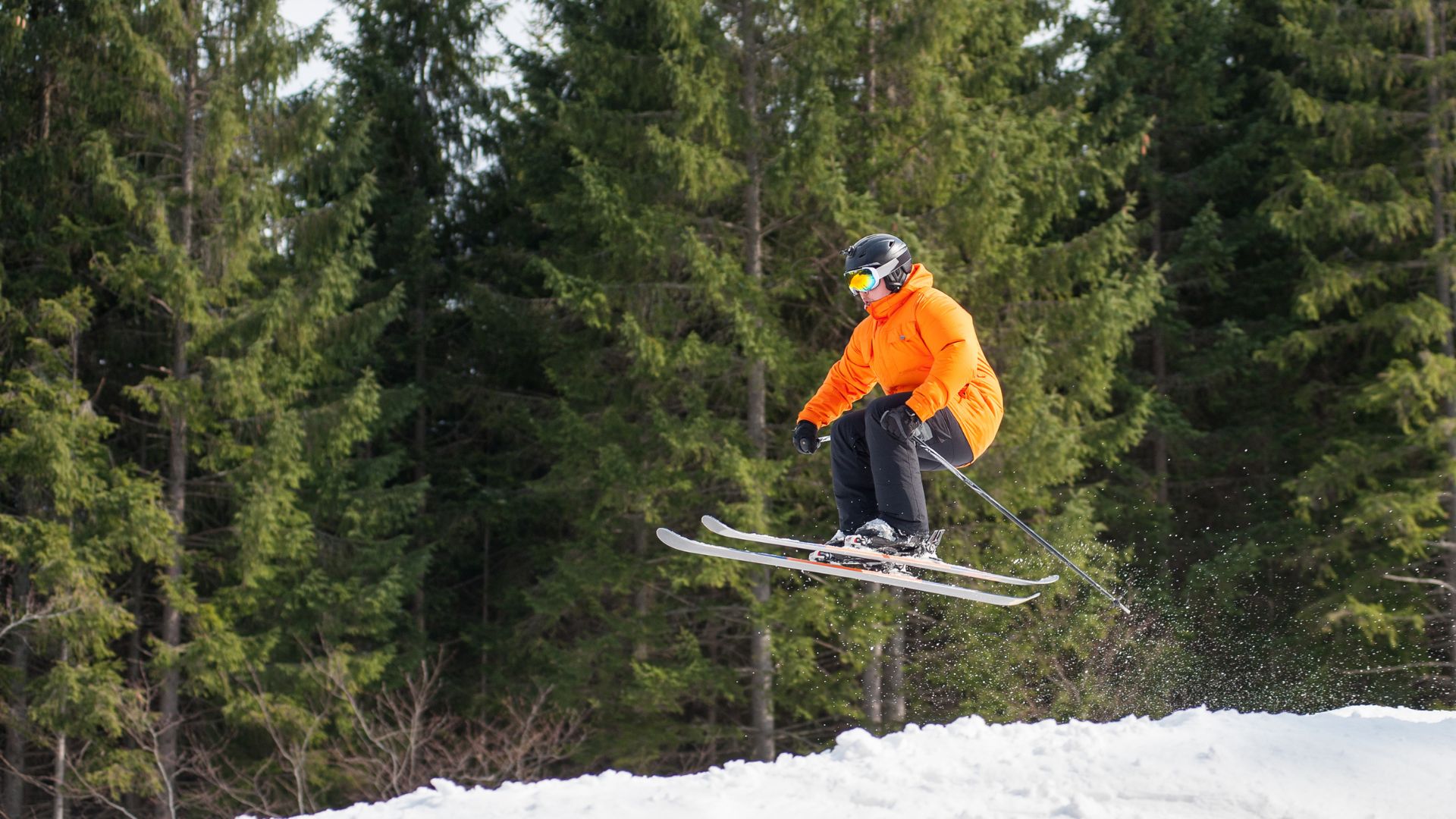
Where Can I Learn to Ski Jump: Lessons, Schools, and Tips
If you’ve ever watched athletes soar gracefully off a ski jump and wondered, where can...
read More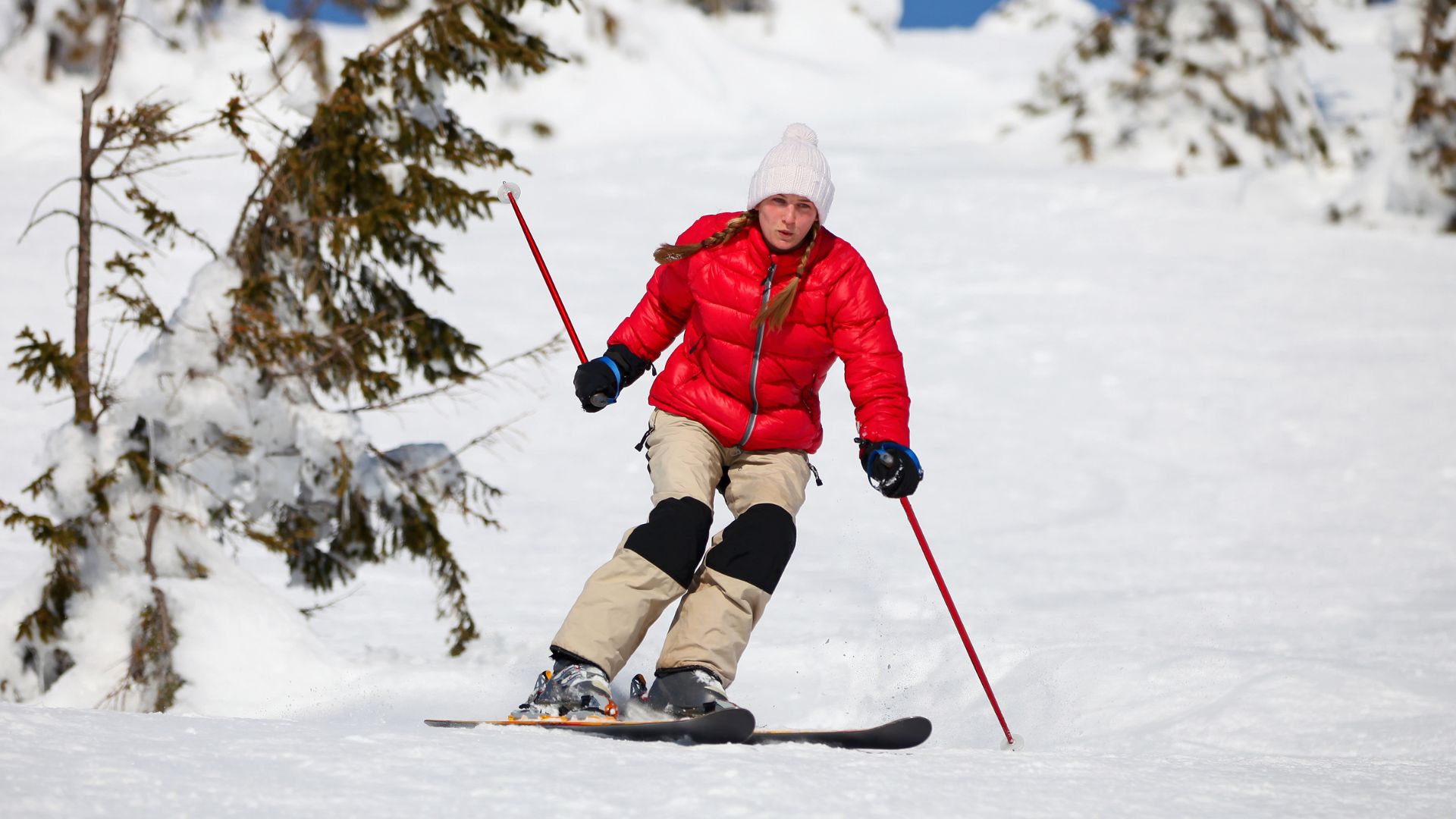
Skiing Safety Tips for Beginners: A Complete Guide to Staying Safe on the Slopes
If you’re new to skiing, the excitement of hitting the slopes can quickly turn overwhelming...
read More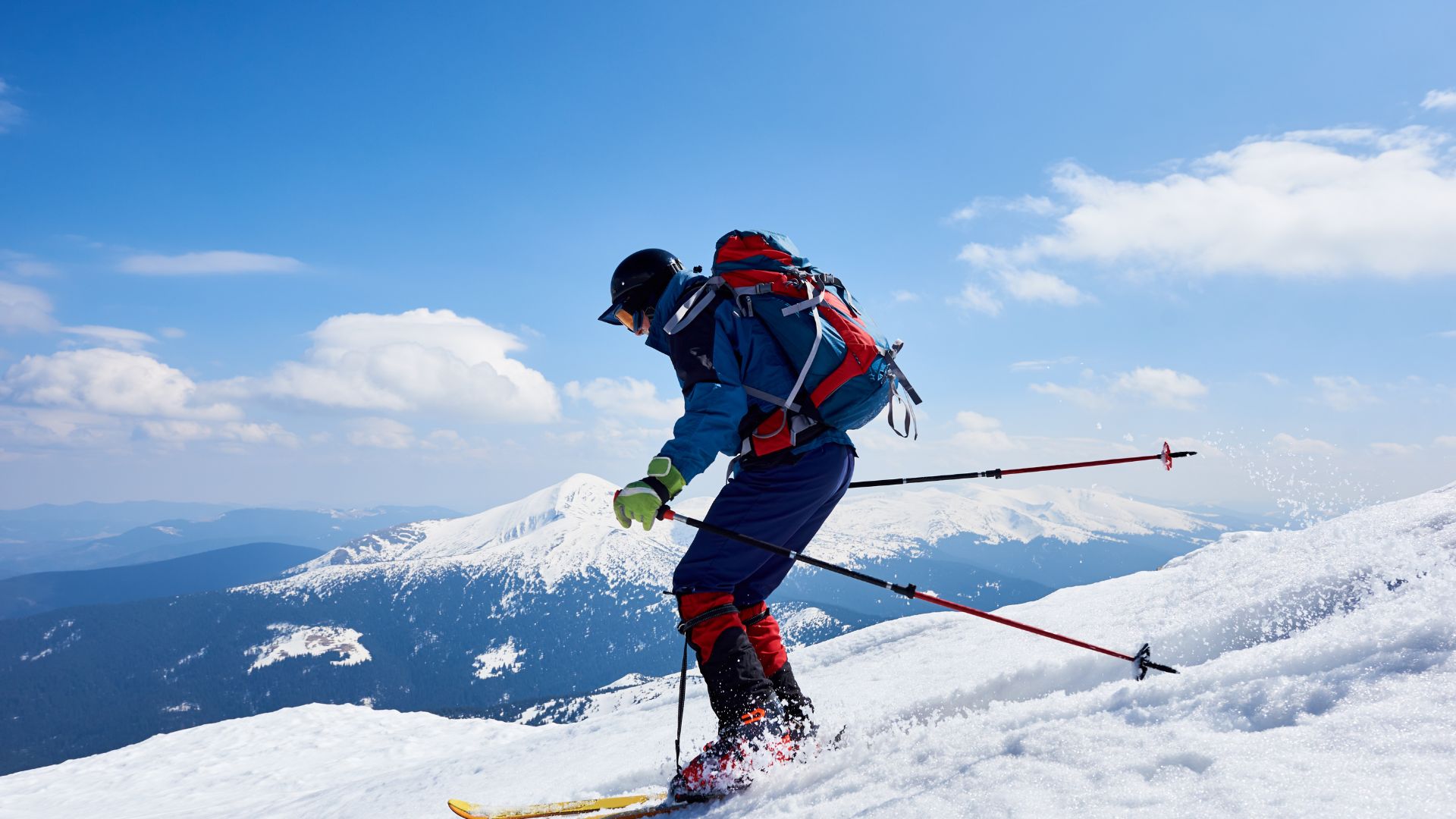
Off Piste Ski Training: Master Backcountry Skiing
Off piste ski training is essential for anyone wishing to elevate their skiing skills beyond...
read More